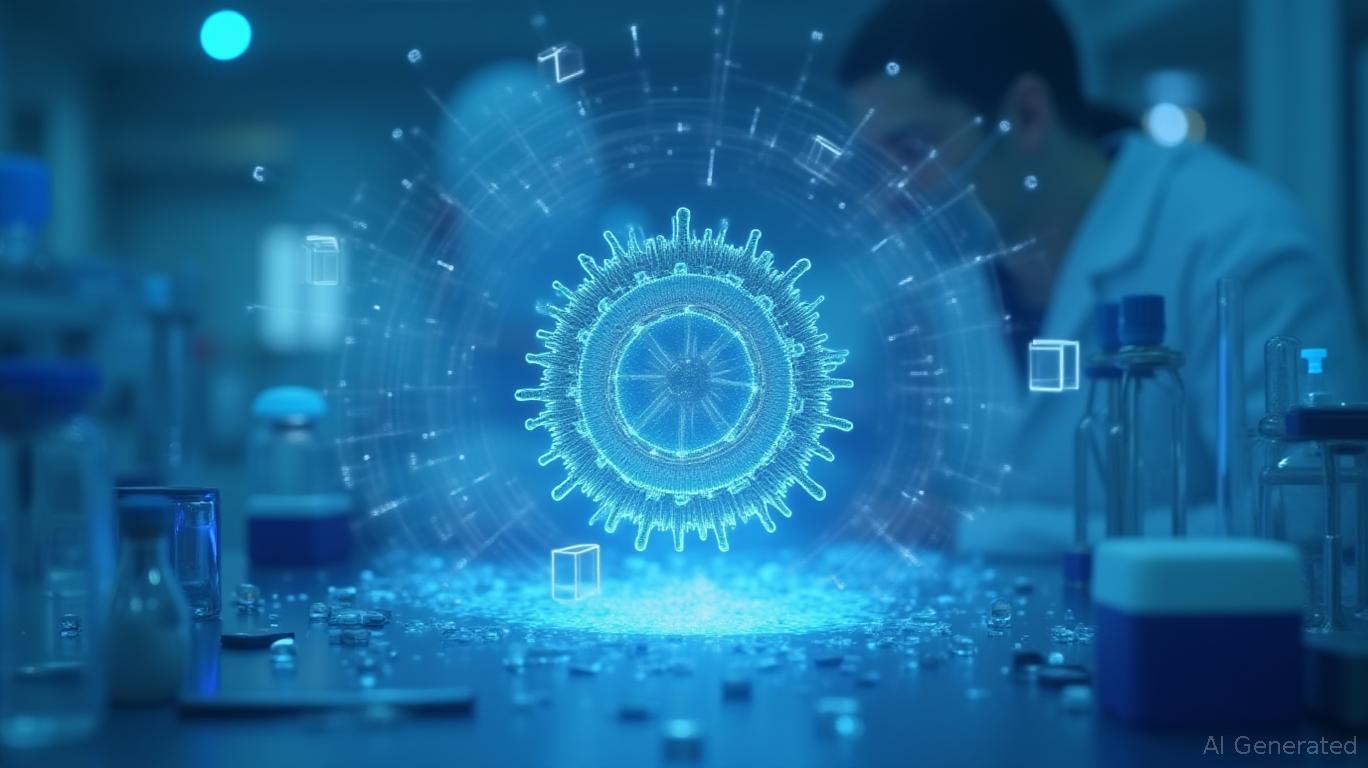ImmunoPrecise Antibodies: Can AI-Driven Innovation Extend Its Runway?
ImmunoPrecise Antibodies (NASDAQ:IPA) has long walked the tightrope of biotech innovation: heavy upfront investments in research and development, coupled with the promise of high-margin returns once its proprietary technologies gain traction. Recent financials and strategic moves suggest the company is now at a pivotal juncture. While its cash burn remains a concern, the rapid progress of its AI-driven BioStrand division, coupled with key partnerships and margin improvements, could position IPA as a long-term winner in the AI-biotech race. Here's why investors should pay close attention.
The Cash Burn Challenge—and Why It Matters
As of January 31, 2025, IPA reported a cash balance of $12.9 million CAD, up significantly from $3.5 million CAD a year earlier. This improvement stems from an $8.8 million USD at-the-market (ATM) equity raise and the conversion of the Yorkville debenture, which eliminated near-term debt pressure. However, the company's net loss for Q3 FY2025 hit $21.5 million CAD, driven by a $21.2 million non-cash impairment charge related to BioStrand's intangible assets.
The key metric here is cash burn rate, which GuruFocus estimates at an annualized $9.5 million CAD as of early 2025. This implies a cash runway of roughly 16 months without additional funding. But this calculation may underestimate IPA's potential to extend that timeline. Let's dig deeper.
BioStrand: The Margin Machine and Its AI Edge
The BioStrand division, IPA's AI-driven drug discovery arm, is the linchpin of its future. In Q3 FY2025, BioStrand achieved a 97% gross margin, far exceeding traditional project-based services (which typically hover around 50–60%). This segment also delivered 131.8% year-over-year revenue growth, even as it contributed only a modest portion of IPA's total revenue.
The high margins stem from BioStrand's SaaS-like model: once its LENS ai platform is optimized, incremental revenue requires minimal variable costs. For instance, developing antibodies via computational simulations (rather than costly wet-lab experiments) slashes expenses. CEO Dr. Jennifer Bath has emphasized that AI-driven processes are already reducing R&D timelines by 30–50%, a critical advantage in a competitive space.

The impairment charge, while painful, reflects delayed cash flows rather than failed technology. BioStrand's recent milestones—such as its Tumor Microenvironment (TME) antibody breakthrough—suggest the platform is delivering on its promise. As BioStrand scales, its margins could further compress IPA's cash burn.
Strategic Partnerships: Turning Technology into Revenue
IPA's partnerships are another lever to extend its runway. A standout is its $8–$10 million collaboration with a global biotech leader to develop antibody-drug conjugates (ADCs) and bispecific antibodies. This deal not only brings upfront cash but also positions IPA's platforms as validated tools for industry giants.
Additionally, BioStrand's expansion onto the AWS Marketplace opens a direct sales channel to a global audience. Its 80+ in-silico applications, now accessible via subscription, could generate recurring revenue streams—a stark contrast to project-based work. CFO Joseph Scheffler noted that as AI revenue grows, the path to profitability accelerates, thanks to the “leverage and recurring value” inherent in SaaS models.
Risks and the Road Ahead
IPA's journey isn't without hurdles. The impairment charge highlights the risks of overvalued intangible assets in early-stage tech ventures. Regulatory delays or partnership execution failures could strain cash reserves. Moreover, the biotech sector's reliance on capital markets means IPA must continuously raise funds—a challenge in volatile markets.
Yet, the company is proactive:
- Cost discipline: Relocating HQ to Austin for tax efficiency and talent access.
- Asset divestitures: Shedding low-margin European wet labs to focus on high-margin AI.
- Diversification: BioStrand's AWS expansion and SaaS push reduce reliance on project-based revenue.
Investment Thesis: A Long Game Worth Playing?
For investors, IPA is a high-risk, high-reward bet. Its near-term losses and dependency on funding are undeniable. However, the combination of BioStrand's 97% margins, strategic partnerships, and AI-driven scalability creates a compelling narrative. If BioStrand's revenue growth continues (even at half its current pace), IPA's cash burn could slow meaningfully by late 2025.
Actionable insight: IPA is not a “quick win.” Investors should focus on long-term catalysts like FDA approvals for BioStrand's therapies, SaaS revenue ramp-up, and partnership milestones. A “wait-and-see” approach is prudent, but those willing to bet on AI's role in biotech may find IPA's current valuation—post-impairment dip—a compelling entry point.
Final Word
ImmunoPrecise Antibodies is betting its future on AI, and the early returns are promising. While cash constraints remain, the BioStrand division's margin profile and strategic alliances suggest IPA could outlast skeptics. For patient investors, the question isn't whether IPA can survive, but whether its AI innovations can redefine the biotech landscape—and deliver outsized rewards for those who stay the course.
Investment recommendation: Consider accumulating a small position in IPA with a 12–18 month horizon, hedged against sector volatility.

Comments
No comments yet